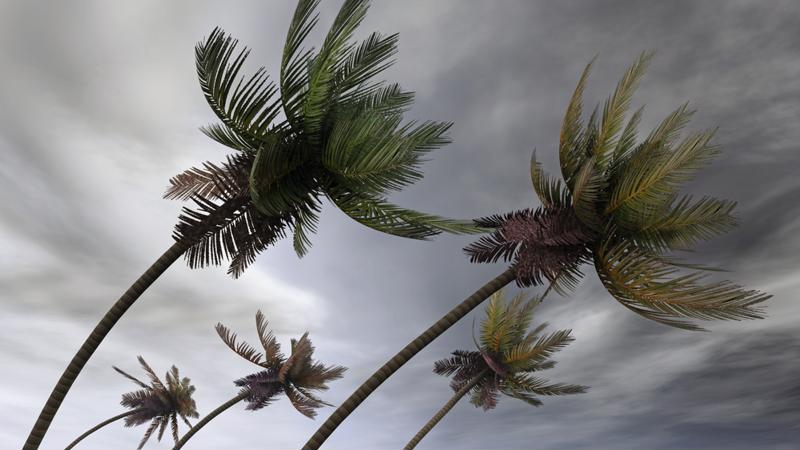The weather might be nice in early summer, but hurricane season is just around the corner. Whether you live in the Southeast where storm protection plans are necessities or you keep a beach house on Cape Cod where floods are the worst of your worries, there’s no telling how strong the storms will be when they finally make landfall. The only thing that’s certain is you’ll have a bit of a cleanup on your hands when it’s all over.
Getting your yard back into shape after a strong storm has to do with so much more than just how pretty your lawn looks. In fact, if there are fallen limbs and heavy debris on your property, cleaning up is as much of a safety issue as it is a cosmetic one. Fortunately, the effort you put in to get your yard back in mid-season form doesn’t have to be Herculean. With the right storm cleanup tools from Husqvarna, you could be the first house on the block to see your grass after strong winds and torrential rains cover it all up.
 They might not seem like a threat to your lawn’s health, but high winds can bring trees down and more.
They might not seem like a threat to your lawn’s health, but high winds can bring trees down and more.Go out on a limb
If you’re unlucky enough to get caught in the crosshairs of a storm that’s got the power to pull down trees on your property, your first step should be to check your home insurance policy. After that,it’s time to break out the chainsaws and pole saws and get to work.
While you might think any chainsaw with a blade and an engine is good enough to get the job done, choosing the right tools for your property is an essential part of cleaning up safely and quickly. If your property is surrounded by a good number of trees that aren’t too thick around the base, you don’t need to be lugging around a chainsaw capable of cutting through cement. Instead, you’ll want to go with a lightweight model that still doesn’t sacrifice power. An engine around 30 to 40 cubic centimeters should do the trick while still allowing you to move from tree to tree without pulling your shoulder out of its socket. Of course, if you have trees the size of redwoods to cut down to size, you’ll want to bump that engine up to at least 50 ccs.
Unless you’ve just been hit by a Category-5 hurricane, it’s very unlikely that entire trees have been uprooted. Instead, the far more likely scenario is that a few limbs were snapped off by high winds. But what happens when they don’t fall to the ground, but merely get stuck in the branches of other trees, creating a potential hazard the next time the winds pick up?
Climbing up a tall ladder with a chainsaw in hand should only be attempted by the most experienced professionals, but you can keep your feet on the ground and yourself out of harm’s way with a pole saw. Just reach up and slice broken branches into manageable pieces that can be hauled away or stored for firewood once winter rolls around.
Make it drain
While fallen tree limbs might be the most visible threat to your lawn after a storm passes through, all the rain dumped onto your grass is just as big an obstacle to returning your yard to tip-top shape. However, unless you get on your hands and knees with a hair dryer, there’s nothing to do but sit and wait for it all to evaporate, right?
“Having your own aerator is almost a necessity.”
If you have an aerator, not quite. While you might have only seen these machines used by professional landscaping companies, having your own aerator is almost a necessity if your part of the country gets pummeled by rain during storm season. These machines punch small holes in your grass, and while that might seem counter-productive to creating a lush lawn, it’s essential when your yard is saturated after a storm.
More of these openings in your lawn means more air and sunlight reaches the soil around the roots of your grass. Along with helping evaporate standing water more quickly, it also makes it easier to shock-treat your property with fertilizers and nutrients if the storm really did a number on it. While buying an aerator might seem like a step too far for some novice lawn care do-it-yourselfers, you don’t need to get a professional-grade model. In fact, if you have a riding mower, you can tag an aerator tow attachment to the back of it and do two jobs at once. Your lawn will thank you for it.